President Trump’s new Supreme Court nominee will face more scrutiny for his ideological leanings around issues like abortion than his thoughts on tech, but we do know a bit about the latter.
On Monday, Trump nominated Brett Kavanaugh to fill the seat that opened when Justice Anthony Kennedy announced his retirement in late June. A list of Trump’s potential picks circulated previously and Kavanaugh was believed to be a frontrunner. Kavanaugh, who previously clerked for Kennedy, was appointed to the Washington D.C. Circuit Court of Appeals in 2003 by former president George W. Bush and eventually confirmed in 2006.
As future digital privacy cases wend their way toward the Supreme Court, Kavanaugh’s stated views on the NSA’s spying program could prove relevant. In 2015, Kavanaugh sided in favor of the NSA’s warrantless bulk collection of phone metadata, issuing strong support for the controversial practice and categorizing its collection as a “special need” that eclipses personal privacy concerns.
In his own words:
“The Government’s collection of telephony metadata from a third party such as a telecommunications service provider is not considered a search under the Fourth Amendment, at least under the Supreme Court’s decision in Smith v. Maryland, 442 U.S. 735 (1979).
… Even if the bulk collection of telephony metadata constitutes a search, cf. United States v. Jones, 132 S. Ct. 945, 954-57 (2012) (Sotomayor, J., concurring), the Fourth Amendment does not bar all searches and seizures. It bars only unreasonable searches and seizures. And the Government’s metadata collection program readily qualifies as reasonable under the Supreme Court’s case law. The Fourth Amendment allows governmental searches and seizures without individualized suspicion when the Government demonstrates a sufficient “special need” – that is, a need beyond the normal need for law enforcement – that outweighs the intrusion on individual liberty. In short, the Government’s program fits comfortably within the Supreme Court precedents applying the special needs doctrine.”
Kavanaugh is also an opponent of net neutrality. In a 2017 dissent, he argued that rules supporting net neutrality impinges on an internet service provider’s “editorial discretion” and therefore violates its First Amendment rights.
“In short, although the briefs and commentary about the net neutrality issue are voluminous, the legal analysis is straightforward: If the Supreme Court’s major rules doctrine means what it says, then the net neutrality rule is unlawful because Congress has not clearly authorized the FCC to issue this major rule. And if the Supreme Court’s Turner Broadcasting decisions mean what they say, then the net neutrality rule is unlawful because the rule impermissibly infringes on the Internet service providers’ editorial discretion. To state the obvious, the Supreme Court could always refine or reconsider the major rules doctrine or its decisions in the Turner Broadcasting cases. But as a lower court, we do not possess that power. Our job is to apply Supreme Court precedent as it stands. For those two alternative and independent reasons, the FCC’s net neutrality regulation is unlawful and must be vacated.”
Kavanaugh, a reliable conservative, also opposes the Consumer Financial Protection Bureau (CFPB) and argued in 2018 that the bureau’s existence is an unconstitutional threat to executive power. In theory, the CFPB advocates for consumer interests in incidents like the Equifax hack, but CFPB supporters argue that the agency has been gutted during the Trump administration at the hands of its acting director, Trump appointee Mick Mulvaney.
Broadly, Kavanaugh looks like a friend to big business and an enemy to digital privacy advocates, though we’ll likely learn more of his record as he moves forward in the sure to be controversial confirmation process.

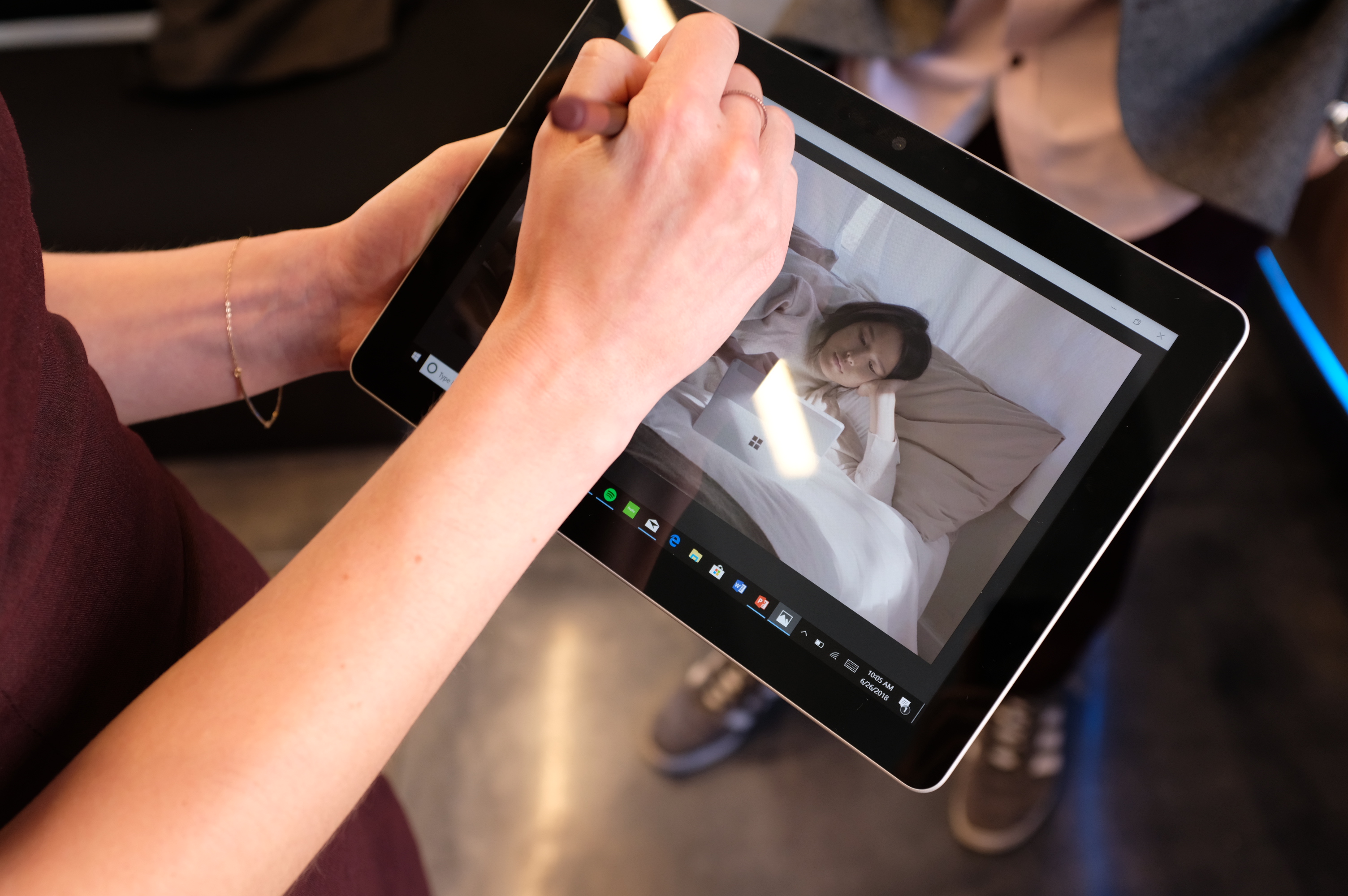
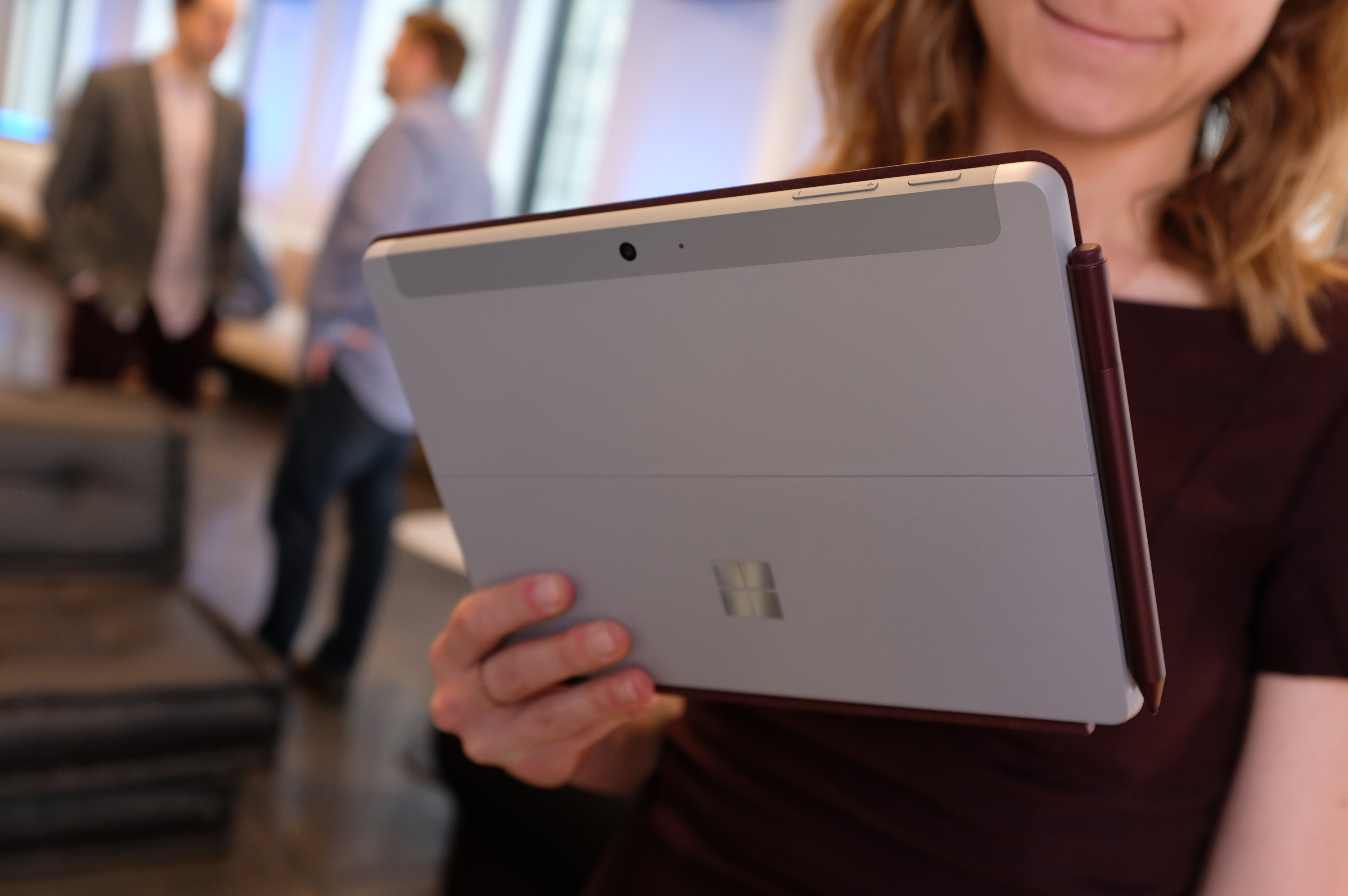
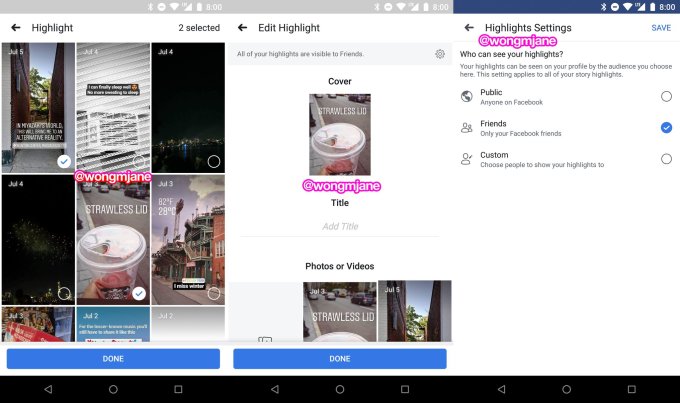


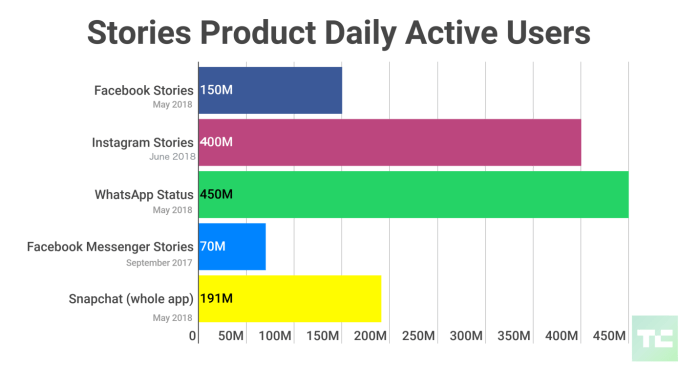


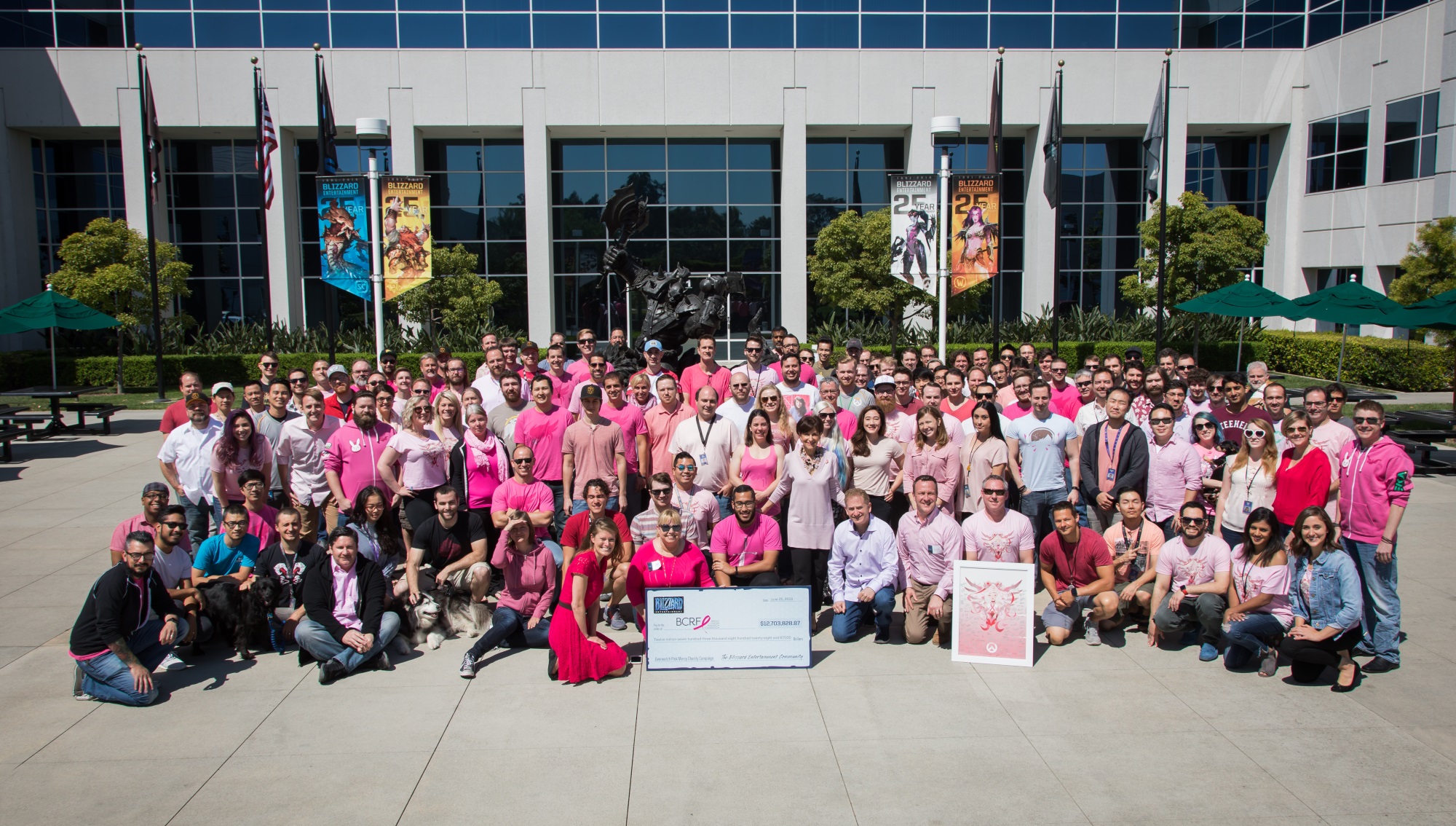 And this is by no means the only big gaming charity event.
And this is by no means the only big gaming charity event. 